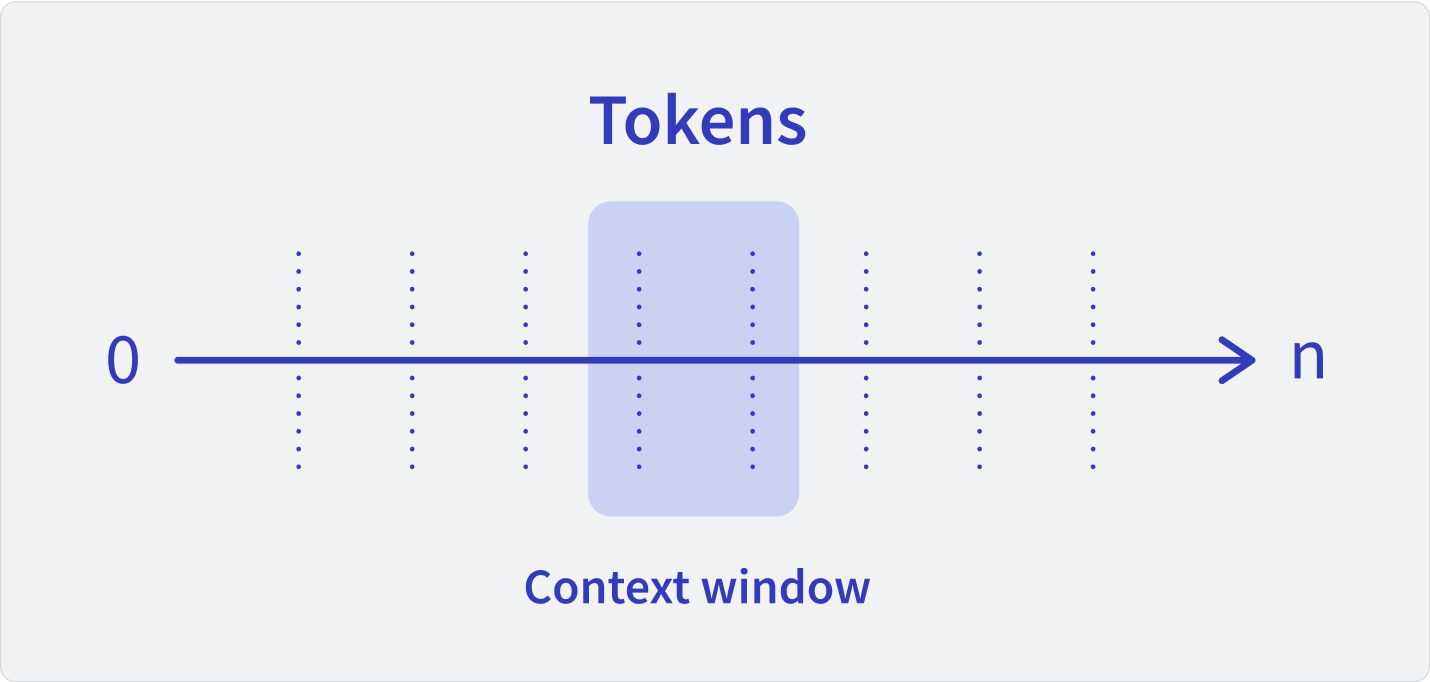Reasoning and context windows
Reasoning and context windows have become a critical focus in GenAI progress as developers test models to their limits. Advancements in this space are changing how we design AI systems to handle increasingly complex reasoning tasks.

What are reasoning and context windows?
Reasoning refers to an AI model's ability to process information to generate accurate responses. In human terms: Your weather app reports rain, and seeing water splashing on your window, you reason that it's prudent to pack an umbrella.
Context windows are the limits on how much input data (tokens) a model can remember during a single query. Similar to limited working memory, models eventually forget context and prompts after processing extensive activity, like a goldfish forgetting its last swim around its bowl. This makes complex tasks like database coding or a multi-chapter report difficult to accomplish without re-prompting, which can lead to a higher error rate.
Context windows are opening up
Context windows widened significantly in 2024. OpenAI's GPT-4 can process context windows from 8,000 to 128,000 tokens, depending on the model. 128,000 tokens is equivalent to processing roughly 96,000 words or a full-length novel. Llama 3.1 matches OpenAI's upper limit, and Claude 2 by Anthropic now offers up to 100,000 tokens, allowing developers to process entire datasets in a single query.
These expanding windows allow developers to build applications that solve complex problems with extensive inputs. These systems can condense extensive documentation into actionable insights and process information from multiple sources.
Bigger context windows are not always better
While context windows are growing, developers still face challenges balancing reasoning capabilities and model performance. There are trade-offs as longer context windows need more computing power, memory, and storage. They increase operational cost and consume more resources.
Longer context windows also don’t necessarily translate to a better-performing model or more accurate answers. In fact, longer context windows create more opportunities for the model to hallucinate. Models processing large context windows often show longer response times, which highlights issues with latency. Extended reasoning can lead to inaccuracies or irrelevant conclusions, a phenomenon known as "model drift."
“Larger context windows can affect the data processing pipeline, model fine-tuning, and even the design of applications that utilize these AI models."Matt White, AI researcher
To prevent bloating from irrelevant data, larger inputs need effective pre-processing and careful token management. Modular pipelines allow models to reason iteratively over subsets of data, improving efficiency without overwhelming the context window.
Reasoning models and frameworks trends
Reasoning frameworks have taken a leap forward in recent years. Developers are now integrating multi-modal reasoning systems that process text, images, and code in unified workflows.The leading AI firms released a wave of updates during 2024. OpenAI's updates to GPT-4 Turbo optimize reasoning accuracy in extended contexts while improving latency for long prompts. Anthropic's Claude 3 has pushed reasoning benchmarks by prioritizing retrieval-augmented generation (RAG) for faster, context-aware outputs. DeepMind's Gemini integrates multi-modal capabilities, making significant progress in reasoning across audio, video, and documents. DeepSeek has shown that powerful reasoning models do not need expensive training runs by using a combination of targeted and synthetic data and reducing training precision from 32-bit to 8-bit. It’s paving the way for the next wave of agentic AI assistants that can automate complex end-to-end tasks.
Developing using reasoning and context windows
To make the most from reasoning and context windows, consider these tips:
Optimize input size
Developers can optimize input size using pre-processing tools like LangChain to prioritize relevant tokens.
Use retrieval-based methods
Combine models with external knowledge sources to extend reasoning without overloading inputs.
Test iterative reasoning
Break tasks into smaller steps rather than relying on a single long-form query. Tools like LangChain and LlamaIndex (formerly GPT Index) break large tasks into modular steps.
Monitor accuracy
Use benchmarking tools like EleutherAI to test performance at varying window sizes.
Looking ahead
Reasoning and context windows are core to GenAI's progress. As models grow smarter and context handling improves, developers will be able to build more scalable and accurate multi-modal applications. Keep an eye on announcements from Anthropic, OpenAI, and DeepMind as they push the limits of reasoning capabilities.